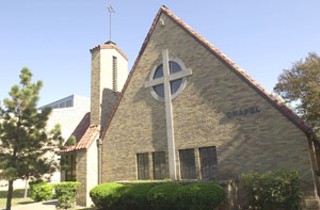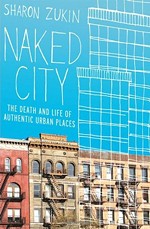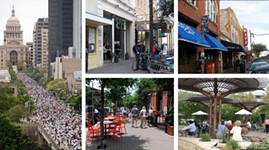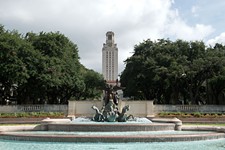Church Plan Unneighborly?
Redeemer Presbyterian Church's impending move from Concordia University's campus to East Austin has mix of homeowners and urban planners in Rosewood and Upper Boggy Creek area upset
By Kimberly Reeves, Fri., Nov. 17, 2006

Redeemer Presbyterian Church's impending move from Concordia University's campus to East Austin has all the markings of Son of Hyde Park Baptist Church, but if you focus on the "church" aspects of the deal, you've missed the part of the situation that frustrates the neighbors most.
Consider the circumstances: You've got a big conservative regional church – home to a lot of members with a bunch of clout – planning to build a massive complex on limited land. The neighbors, many of whom will never set foot through the doors of the sanctuary, aren't thrilled with the deal. And when it comes time to zone the property, the church brings in the big guns, otherwise known as attorney Richard Suttle.
Sounds like Hyde Park, right? In the case of Redeemer, however, the neighborhood is not protecting its historic houses. Instead, a mix of homeowners and urban planners in Rosewood and Upper Boggy Creek are upset that the Redeemer plans for a portion of the one-time Featherlite tract on Manor Road are at odds with the established neighborhood plan and the Envision Central Texas plan ideals proposed for the Featherlite tract.

Those idealized plans for the Featherlite tract – proposed more than three years ago – would have created a utopian transit-oriented mecca with a mix of business and residential uses along a proposed light rail line (see www.envisioncentraltexas.org/resources.php). The Rosewood neighborhood plan, completed about the time Redeemer bought an 11-acre portion of the Featherlite tract, capitalized on those ideals that were so highly praised by City Council.
"It's frustrating – frustrating beyond belief to me and the neighborhoods – to have plans that are apparently set in stone by City Council and then have that City Council not even bother to pay attention to them," said Jane Rivera, chair of the Rosewood Neighborhood Contact Team. "These neighborhood plans were supposed to be a guarantee to the neighborhood, so that when developers were buying land, they would know what the plans were for the neighborhood. Now it looks like all it takes to overturn those neighborhood plans is to hire a good lawyer."
Part of the issue, of course, is the fact that churches cannot be excluded through zoning. No amount of effort can move Redeemer off this site if Redeemer chooses to be there. But the neighborhood plan did limit to 40 feet the height of any building on the land that Redeemer eventually bought. Redeemer wants 60 feet. So the neighborhood would like to leverage that desire for height – which would require a variance – to get Redeemer to possibly free up the north end of the property along Manor for mixed-use transit-oriented development or, at the least, move the future megachurch's parking further south on the property for a better site line on Manor. Rivera says the church hasn't budged on such requests, although it does intend to sell 3 acres on the property's south end.
No one, however, seemed to pass that note to City Council, which went ahead and approved the height variance on first reading last month. Suttle, in a speech to council, said the neighborhood had agreed to the height variance, conveniently forgetting to add the "if the church will …" to that statement, architect Girard Kinney said.
Kinney, a member of the Design Commission, is even more forceful in his desire to see City Council intervene in the case. If the Council is as committed to Envision Central Texas and neighborhood planning as it says it is, the city should form some kind of partnership to get the transit-oriented development done, somewhat like Capital Metro. Maybe the city could purchase or even lease property along Manor for structured parking that could be shared between a commuter rail stop and Redeemer's Sunday services.
Such an arrangement, Kinney suggests, could solve both the city's issues and the church's problems. No response from the church, which must relocate from its rented Concordia University site in the near future.
Got something to say on the subject? Send a letter to the editor.










